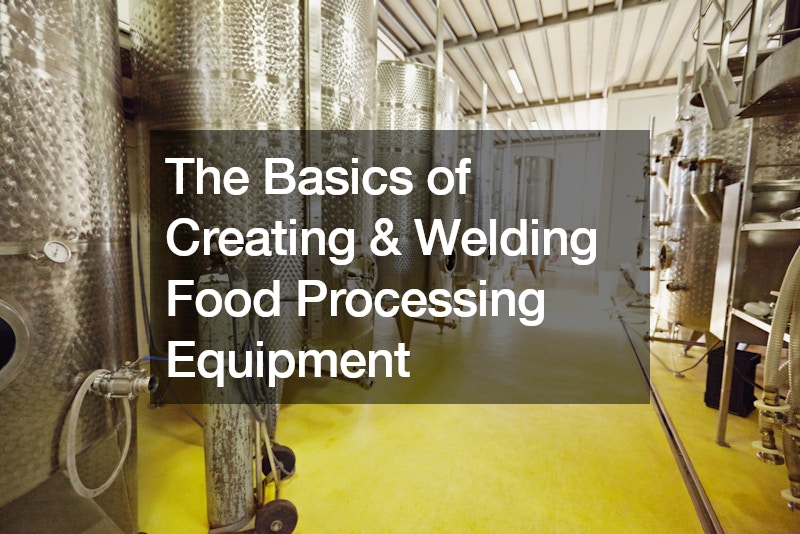Welding and fabricating food processing equipment is a specialized craft that combines precision, skill, and an understanding of food safety standards. This equipment plays a vital role in transforming raw ingredients into the delicious and convenient products we enjoy daily, like chicken nuggets.
The process begins with designing the equipment. Engineers draft detailed plans, ensuring that each piece will meet rigorous safety and hygiene standards. Once the design is finalized, the fabrication process can start.
This involves cutting and welding various metal components to create the machinery.
A crucial part of this machinery is the screw conveyor. This piece of equipment is used to transfer ground-up chicken into mixers where it can be combined with spices and other ingredients. Welding these components together requires expertise. The welder must ensure strong, smooth joints to prevent any contamination or buildup of food particles. This aspect highlights the importance of welding in food industry practices, ensuring that all joints are secure and sanitary.
After welding, the equipment undergoes grinding to smooth out any rough edges or seams. This step is critical for maintaining hygiene, as smooth surfaces are easier to clean and less likely to harbor bacteria. Once the parts are ground and polished, they are assembled into a complete piece of equipment.
The assembled equipment then goes through rigorous testing to ensure it functions correctly and meets all safety standards. This includes checking for any leaks, ensuring all parts move smoothly, and verifying that the equipment can be thoroughly cleaned.
Finally, the equipment is used in the food production process. For instance, the screw conveyor transfers the mixed chicken into machines that form, coat, and freeze it into chicken nuggets, ready to be packaged and shipped to consumers.
Creating and welding food processing equipment is a detailed and crucial part of the food industry, ensuring that the food we eat is safe, tasty, and produced efficiently.
.







